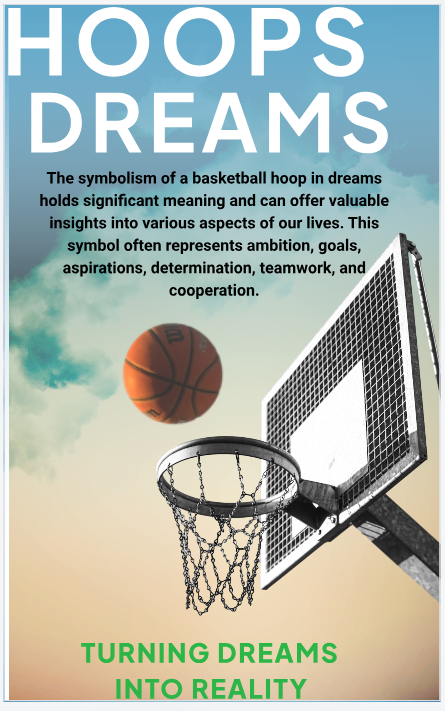Preparing for Tomorrow: Build Your AI Toolkit, Skills, and Mindset 🌐
In today's rapidly evolving landscape, Generative AI tools, national tech skill initiatives, and math-driven innovation are the pillars shaping our professional future. This in‑depth 2000‑word post will guide you through:
-
How to build your own generative AI toolkit to stay ahead at work.
-
The UK’s ambitious TechFirst programme—equipping students and civil servants with AI skills.
-
Free AI/tech course options for learners worldwide.
-
The essential link between mathematical modeling and AI solutions in business and education.
-
Practical steps to bring all these together for career growth and societal impact.
1. 🛠️ Your Generative AI Toolkit: Autonomy at Work
According to Forbes, building a personal generative AI toolkit is not just for developers—it’s essential for boosting productivity, automating tasks, and sharpening creativity (forbes.com, digit.fyi, theiet.org).
Core Steps to Build It:
-
Choose versatile foundation models: Use openAIs like GPT‑4 or open‑source LLMs that fit your budget and needs.
-
Add lightweight apps for writing, summarizing, brainstorming, coding—tools like Notion AI, Jasper, or Bard.
-
Integrate into your workflow: Use browser extensions, email plugins, or automations in tools like Zapier or Power Automate.
-
Train the toolkit: Feed in your documents, templates, and style guidelines so the AI learns your voice.
-
Stay ethical: Always check outputs for correctness, biases, and sensitive data issues.
Why this matters:
-
1.3x–5x speed gains in daily tasks like writing, research, and design.
-
Creativity uplift through idea generation and brainstorming support.
-
Edge in decision-making by quickly synthesizing reports and market trends.
2. 🇬🇧 TechFirst: Equipping a Nation for an AI Future
The UK Government’s TechFirst scheme is investing £187 million to ensure AI literacy for 1 million students and 7.5 million workers by 2030 (linkedin.com, digit.fyi).
Program Highlights:
-
TechYouth: £24 million to empower secondary students with AI skills and real-world tools.
-
TechGrad & TechExpert: Scholarships and PhD funding to nurture future AI specialists.
-
Civil servant training: To operationalize AI in public services, improving efficiency and public accountability.
Why it's significant:
-
Closing the skills gap: Tech talent shortage was cited by 1 in 3 UK tech founders (digit.fyi, gov.uk).
-
Democratizing training: Free, universal access removes socioeconomic barriers.
-
Futureproofing public sector: AItools like Copilot and Humphrey speed up policy and case handling (wired-gov.net, theguardian.com).
3. 📘 Free AI Courses: Learn at Your Pace
Platforms like SWAYAM (India) offer free AI introductory courses, ideal for learners worldwide . Similarly, Microsoft Educator, Google, and Springer provide resources for teaching tech basics up to advanced modeling .
Benefits:
-
No-cost entry: These courses reduce financial barriers to learning.
-
Structured learning paths: From foundational AI to project-based applications.
-
Credibility: Certifications from official platforms aid in job market visibility.
4. ➕ Math & AI: The Backbone of New Innovation
Mathematical modeling underpins how firms like DataKulture build AI solutions for fraud detection, demand prediction, and resource optimization (rapidops.com, wired.com). At CU Kashmir and VIT Pune, workshops teach students to apply math to real-world problems like epidemics and infrastructure planning .
Essential Benefits:
-
Precision & reliability in AI systems—mathematics isn’t optional.
-
Cross-domain applications: From finance forecasting to climate modeling.
-
Career-smart combination: Math + AI skills are in skyrocketing demand.
5. 🧩 Uniting the Pieces: Strategy for Career & Impact
| Component | What to Do Now |
|---|---|
| 🎯 AI Toolkit | Pick your generative model + 3‑5 task tools—journal drafts, plan templates, email bots. |
| 🎓 AI Courses | Enroll in SWAYAM, Microsoft Learn, or EdX introductory AI modules. |
| 🇬🇧 National Programs | If you live in the UK, join free TechFirst training; otherwise find local equivalents. |
| ✍️ Math & Projects | Take part in online workshops; apply modeling tools to a real-world issue. |
| 💼 Portfolio | Document your toolkit setup, course certificates, and project case studies. |
Daily Workflow Example:
-
Start with AI: Use your toolkit for note summaries, draft emails, and data insights.
-
Learn actively: Dedicate 30 minutes daily to free AI/math course modules.
-
Apply conceptually: Build a math-driven AI mini‑project (e.g., forecast your expenses with time-series modeling).
-
Document carefully: Write a blog post explaining your project, model assumptions, and outcomes.
-
Share often: Publish on LinkedIn, GitHub, or personal blog—showcasing growth and impact.
6. 🔭 Taking a Stand: The Broader Perspective
At London Tech Week, UK leaders emphasized responsible AI deployment, digital inclusion, and sustainability—recognizing that AI development also needs regulation, infrastructure, and ethical awareness (theguardian.com, linkedin.com, theguardian.com).
By integrating toolkit skills, national programs, math applications, and ethical awareness, you not only boost your career—you become part of shaping a more inclusive, responsible AI ecosystem.
✅ Final Takeaways
-
Individual power: A personal AI toolkit is your tool to stay competitive and creative.
-
Collective uplift: National programs like TechFirst are leveling the playing field.
-
Mathematical foundation: Drives precision and enables deeper AI understanding.
-
Lifelong learning: Free courses make continuous growth accessible everywhere.
-
Ethical awareness: Stay informed, sustainable, and inclusive in all you build.





